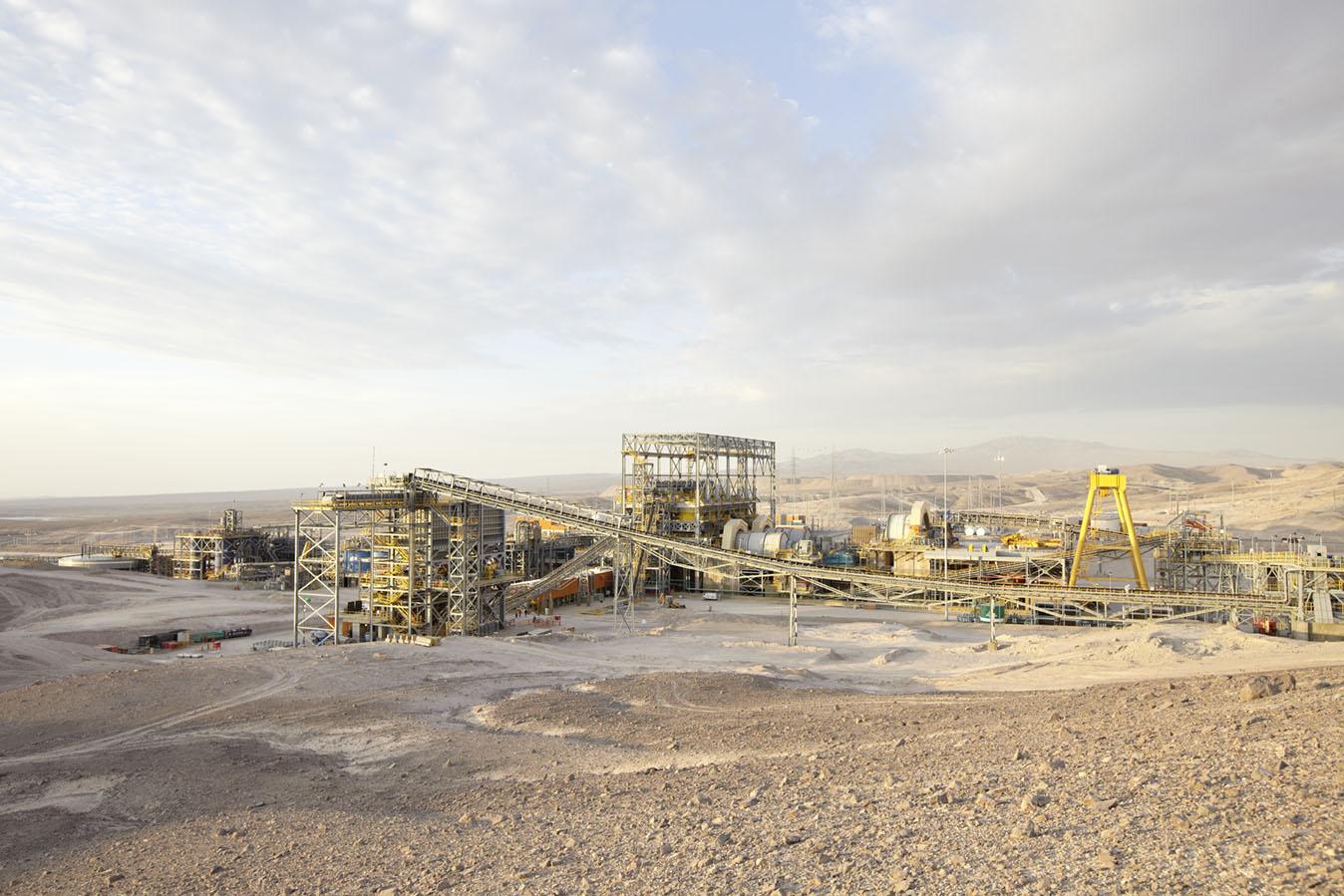

Oman’s thriving mining and mineral processing sector earned RO 114 million in revenues last year, bolstered by a new Mining Law, strong regulatory framework and the industry’s positioning as one of five key engines of Oman’s economic diversification alongside tourism, fisheries, manufacturing and logistics.
According to figures released by the National Centre for Statistics and Information (NCSI), around 23.615 million metric tons (MT) of industrial minerals totalling RO 70.783 million in value were produced in 2019. This output was supplemented by the production of 33.210 million cubic metres of aggregates and building materials worth around RO 43.3 million.
Compared with production trends in 2018, the mineral sector appears to have suffered a bit of a slump last year. Industrial minerals totalled 27.3 million MT in 2018 earning the sector RO 86.4 million in revenues. Around 44.8 million m3 of building materials/aggregates were produced in 2018, generating revenues of around RO 62.4 million.
The lower output in 2019 was reflected across a number of key industrial minerals, NSCI’s newly published 2019 Statistical Report noted. Marble blocks production – one of the early successes of Oman’s mining industry – dipped to 333K metric tons last year (worth RO 7.257 million), down from 397K metric tons a year earlier (valued at RO 8.683 million).
The output of limestone – a key raw material for the steel industry - was also lower at 9.6 million MT (worth RO 15.091 million), down from 14 million MT in 2018 (valued at RO 15.7 million). However, gypsum production inched upward to 10.663 million MT (worth RO 21.4 million), up from 9.66 million MT (RO 23.34 million).
Also making a contribution to mineral sector revenues last year were: Chromite (RO 16.626 million) and Laterite (RO 1.23 million), as well as some quantities of industrial salt, kaolin, silica and manganese.
Copper cathode output, coupled with the production of modest quantities of gold and silver, ended in 2017 following the closure of the smelter of Oman Mining Company (OMCO) near Al Jizzi. Around 264 tons of copper cathode were sold by OMCO in 2017 before the shuttering of the smelter, down from 3,481 tons a year earlier. About 3 kilos of gold and 120 kilos of silver – byproducts of the refining process – were also sold that year.
According to the Public Authority for Mining (PAM), the sector regulator, less than three per cent of Oman’s projected mineral resources have been exploited and commercialised, underscoring the promising investment potential of this sector. Since its designation as a pillar of the Sultanate’s economic diversification strategy, the sector has gone a major regulatory overhaul designed to attract both investment and expertise aimed at optimising its contribution to GDP growth, job creation and sustainable development.
The Implementation Support & Follow-up Unit (ISFU) – a special task force of the Omani government mandated to fast-track approvals and permits for strategic projects and initiatives – is currently handholding investors and stakeholders behind as many as 10 mineral-related ventures in the achievement of their objectives.
Included in this list are projects for, among other things, the exploitation and commercialisation of underground copper reserves, investments in new copper-gold concentration and refining capacity, development of attapulgite resources, the overhaul of chromite licenses left idle by previous concession-holders, and capacity-building within the Public Authority for Mining (PAM).
Oman Observer is now on the WhatsApp channel. Click here



